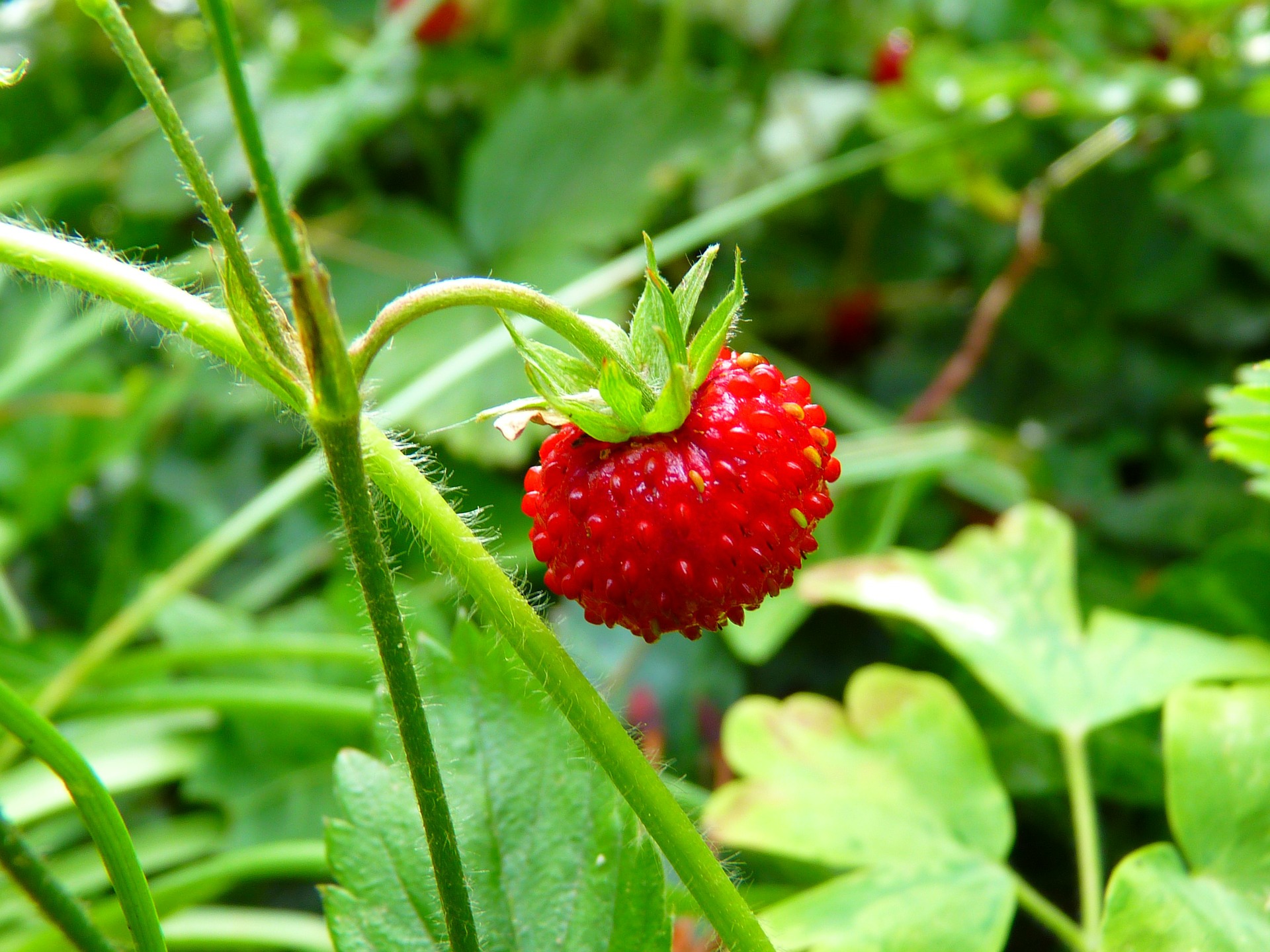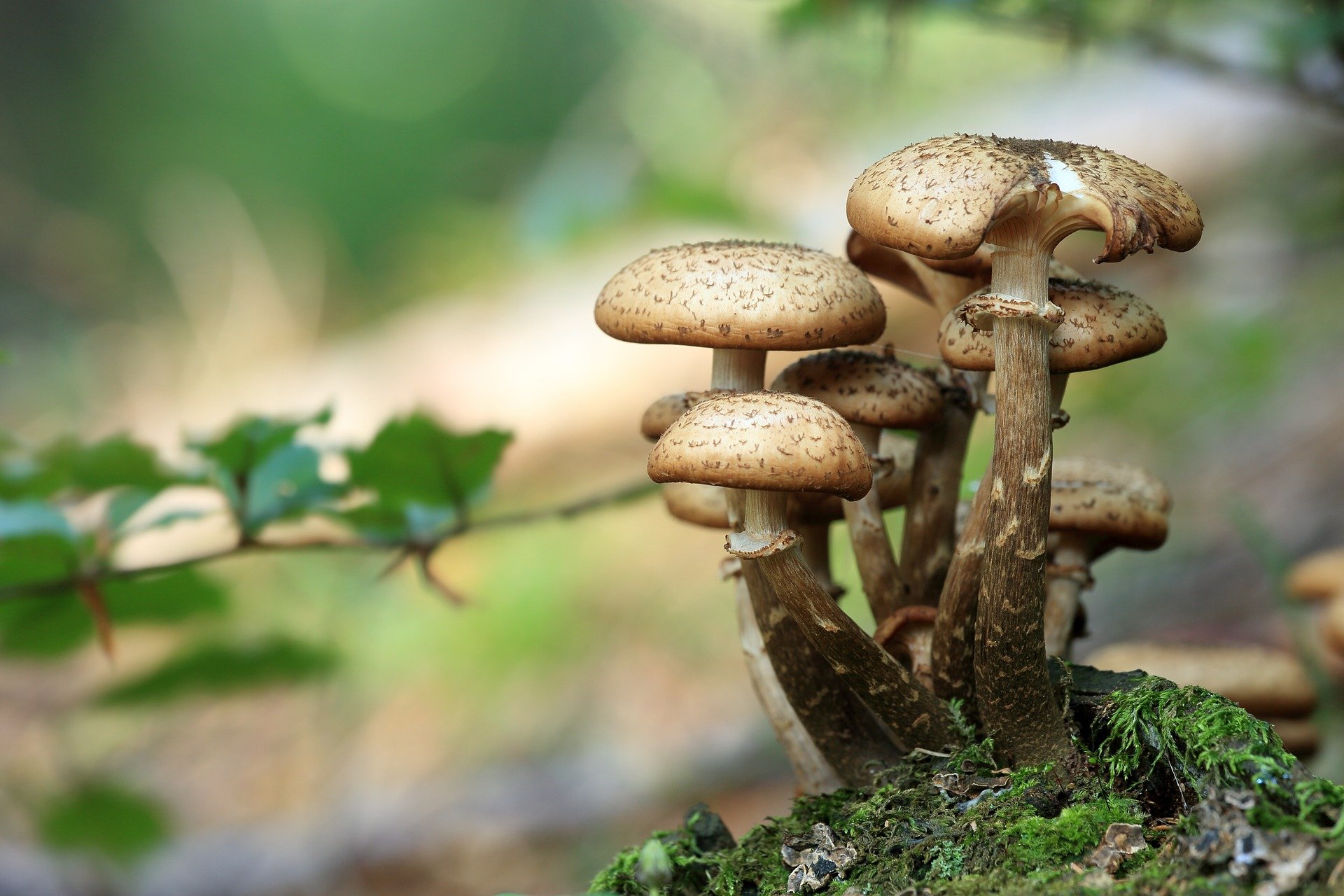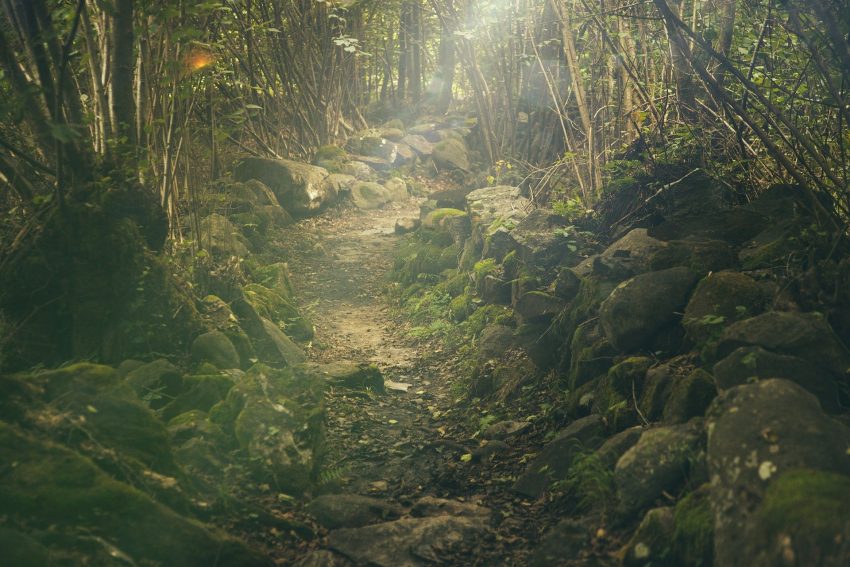Initially, humans were hunter-gathers and obtained their food from nature. However, with modernization and evolution, we slowly moved away from this lifestyle and are more and more dependent on others to provide us with food sources. Foraging is a way of going back to our roots and gaining an insight into how our ancestors harvested their foods. This is a comprehensive guide on how to forage for food in your local surroundings.
What is foraging?
It is the act of gathering wild food in one’s surrounding for free. It is only gaining traction now and is through apps like Tiktok with content creators like Alexis Nikole, who teaches her followers how to forage and what they need to look out for while foraging. The foraging lifestyle lost its former glory thanks to the emergence of grocery stores and local markets. With everything we need at our fingertips, who would bother to go foraging for their food. However, it is beneficial to both the environment and ourselves. It is a sustainable way of life, gives you access to seasonal products and is more environmentally friendly than the mass production of a single food source on a piece of land.

Tips for foraging:
1. Remember that wild food might be affected by human pollution, and you should always rinse them before consuming them. We also advise you to forage in areas with less human activity if possible as this will provide you with produce that is less likely to be affected by pollution.
2. Dress for the occasion. Wear a long-sleeve shirt, work pants, boots and a pair of gloves to protect yourself. This will help you against nettles and other stinging plants and/or plants that may cause an allergic reaction like poison ivy.
3. This one is a no brainer, don’t eat anything you don’t recognize; it might be poisonous if ingested. If you can’t identify it with 100% certainty, better leave it there; better safe than sorry.
4. If you are foraging in the wild, be sure to be aware of your surroundings. Take into account the weather and even the tide if you are searching for mussels.
5. Remember, it is a sustainable way of living, so be mindful of your surrounding environment and know that you are not the only creature there. Only take as much food as you can physically consume and don’t be greedy.
Where to forage?
-
- Along coastlines
-
- Forest or woodlands
-
- Public byway of agricultural land
-
- Parks
-
- Common land or municipal areas
-
- Hedgerows
-
- Verges
-
- Your own garden
Remember, be respectful and ask for permission to forage on private land. Check your State laws before foraging as different places have different laws about it, and it’s in your best interest to do so. Most nature reserves allow sustainable foraging; it must be for personal use and not for commercial purposes.
When and what to forage?
It is an activity that you can start at any time during the year and the what really depends on your location . During spring, late summer and early autumn are the best times to harvest the widest variety of edible wild food. It also depends on the food you want to forage; for example, if you want to find herbaceous plants and leafy greens, the peak time is during spring. Berries and fruits ripen during summer and autumn, and during autumn, you can collect a variety of fungi and mushrooms.
If you are foraging around the coast, you can not only can coastal plants and seaweed, but you can also be on the lookout for crustaceans, mollusks and shellfish.
Remember, if you are new to the world of foraging, it is always helpful to educate yourself on edible and poisonous wild food. You can find great support groups on the internet or on Facebook groups of local foragers in your area. Also, you can’t just collect edible food; you should also learn what part of the plant is edible and how to cook them and how to balance your diet with it.
Sound off in the comment section below if you want to try foraging.

